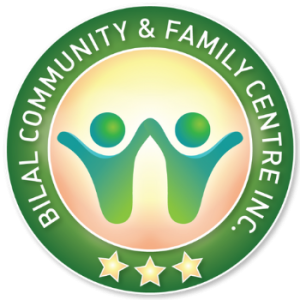
How to evaluate information & disinformation

Based on Carl Sagan’s “Baloney Detection Kit” revised for newcomers to Canada
Carl Sagan was an associate professor at Harvard and later at Cornell, from 1976 to his death. Sagan published more than 600 scientific papers and articles and was author, co-author or editor of more than 20 books.
- "Wherever possible there must be independent confirmation of the 'facts.'"
If someone says “It’s a fact... or a known fact... ask them to show you a recognized authority that agrees with the fact. - "Encourage a good discussion on the fact/question by knowledgeable people who have various points of view."
- “Authorities” have made mistakes in the past. They will do so again in the future. Perhaps a better way to say it is that in science information changes as we learn more. Remember that and try not to think that some “fact will never change. May be the information you are being given WAS considered right/true last year but now new information has been discovered.
- Ask yourself why you like the information. Compare it fairly with the alternatives. See if you can find reasons for rejecting it. Is there more than way of understanding something? The information that you can’t disprove easily, has a much better chance of being the right information than if you had simply accept the first information you hear and like."
- "If there’s several pieces of information that are linked together to come to the information you hear, every piece in the chain of information must be evaluated for truth — not just most of them."
- There is a rule-of-thumb that says “when faced with two ideas that explain the data equally well, to choose the simpler."
- Always ask whether the information can be proved True or False. Information that is untestable, is not worth much.
- Based on the ideas of Carl Sagan’s last book, “Demon-Haunted World: Science as a Candle in the Dark”
